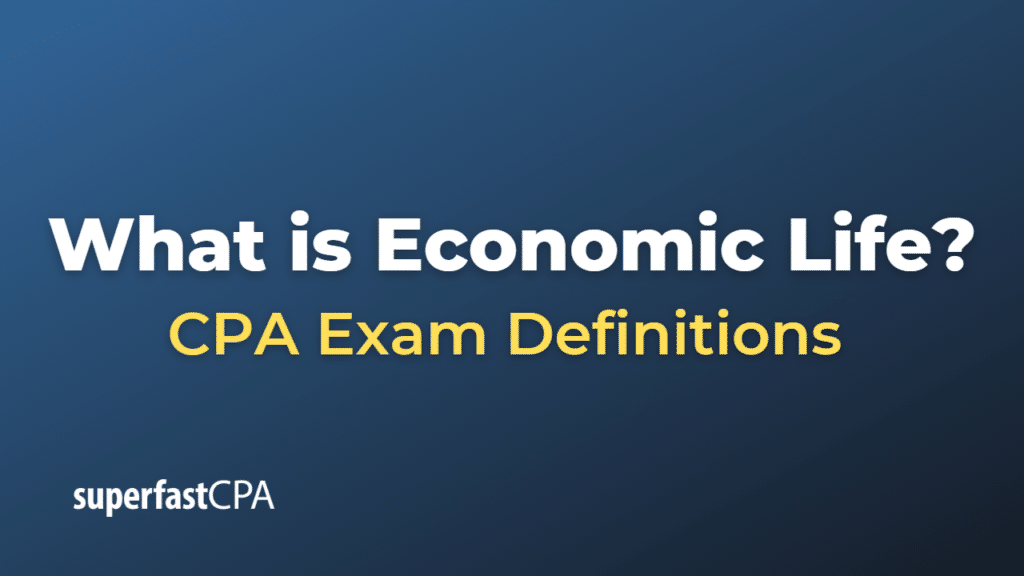Economic Life
Economic life, also known as useful life, is a term used to describe the period during which an asset is expected to be functional and economically efficient for its intended purpose. In other words, it’s the period during which an asset can be profitably employed by a company.
The economic life of an asset is typically less than its absolute physical life. For instance, a machine may physically last for 20 years, but if it’s expected to be outdated and replaced after 10 years due to improvements in technology or changes in market demands, then its economic life is considered to be 10 years.
Estimating the economic life of an asset is crucial for businesses because it impacts several important financial decisions and accounting processes, including depreciation, capital budgeting, and the decision to replace assets.
It’s worth noting that the estimated economic life of an asset can be influenced by various factors, including technological advancements, changes in market demand, increased maintenance costs as the asset ages, and changes in laws or regulations.
Example of Economic Life
Let’s consider an example with a company that purchases a new piece of manufacturing equipment.
The equipment has a physical life of 15 years before it would break down completely and become unusable. However, due to advancements in technology and changes in market demand, it’s expected that the machine will become obsolete in 10 years. After this point, continuing to use the machine would be more expensive than replacing it, due to increased maintenance costs and decreased efficiency.
In this scenario, the economic life of the machine is considered to be 10 years, not 15. This is the period during which it’s expected to be economically beneficial to use the machine. The company would use this 10-year period to calculate the machine’s annual depreciation for accounting purposes.
Furthermore, when planning its long-term investment strategy, the company would consider the need to replace the machine after 10 years, despite its longer physical life.
This example demonstrates the importance of considering an asset’s economic life, rather than just its physical life, when making financial and operational decisions.













